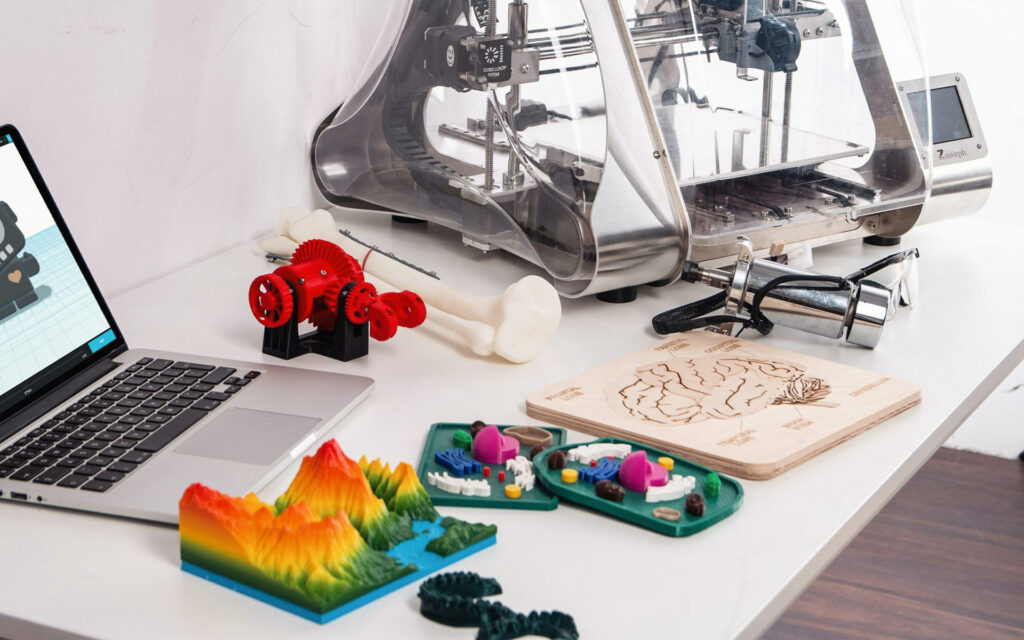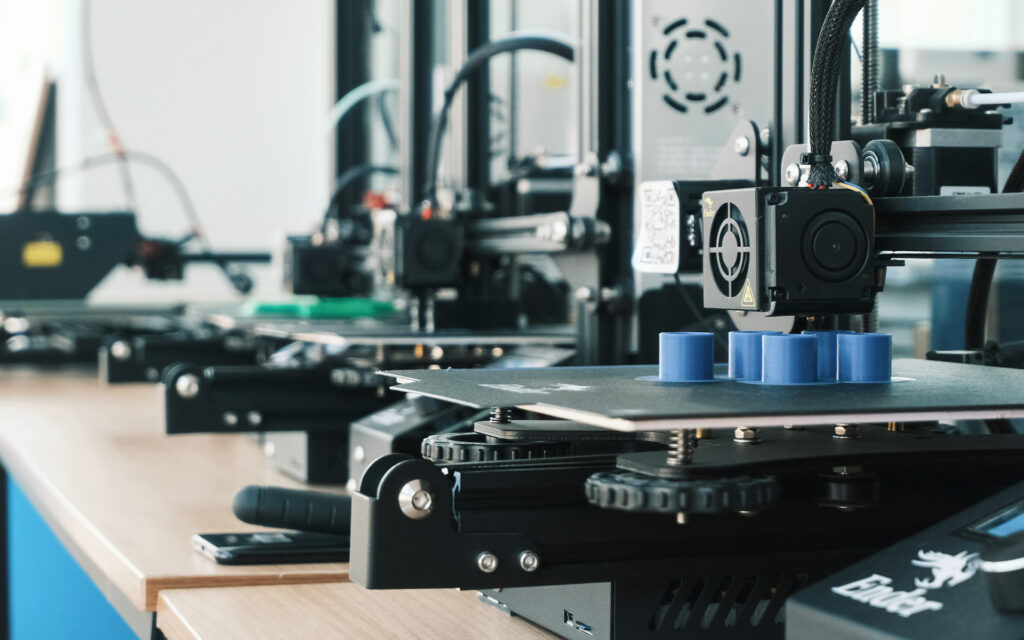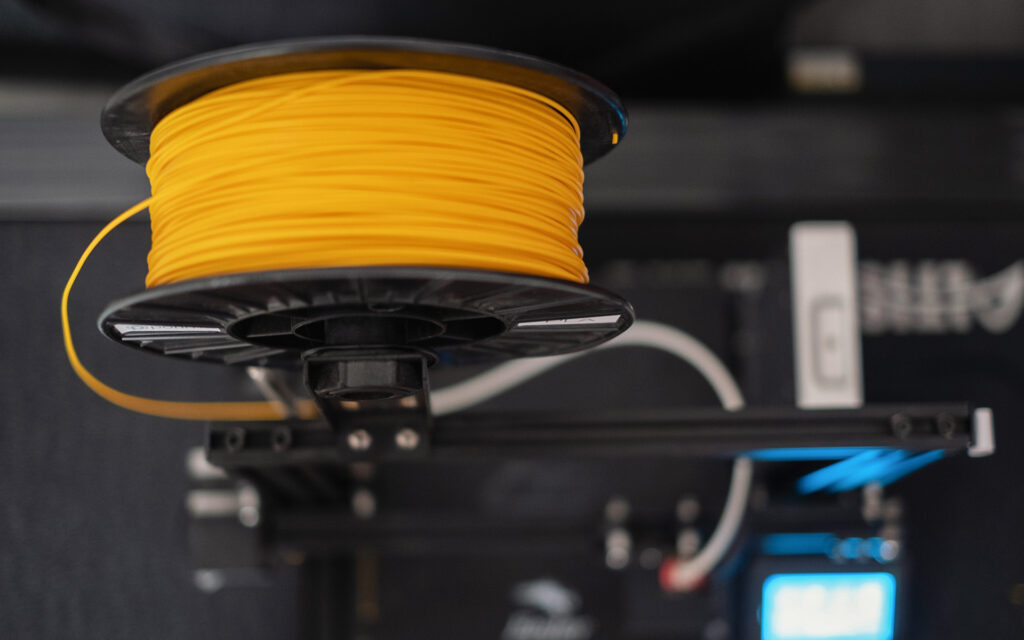3D printing continues to grow! From virtual tours to architectural plans and real estate promotions, to practical objects and personalized and homemade decorations. 3D printing is booming, partnering with ecology and aligning with sustainability.
Visualization, speed, breadth, and high-quality interactive tours; this is the hallmark of all 3D printing. A collection of attractive benefits that, when applied to architecture and the construction of new buildings, promises furniture, design, and interior decoration, doing it in very, very big letters. But let’s start from the beginning.

What is 3D printing?
Present in almost all areas of society, it is a clear example of how technology can improve people’s quality of life. It is rightly said that 3D printing eliminates barriers, absorbs difficulties, and adapts to multiple integration criteria.
Named among its professionals as additive manufacturing, and invented in the early ’80s by the Japanese Hideo Kodama, it is a technique that rejects traditional subtraction methods, as CNC milling does, for example. This technique prefers to take one or more materials, divide them, and stack them on top of each other in a spiral of hundreds of layers, to then initiate a process that culminates in the creation of an object with height and length, width and depth, solidity, and texture.
In 1983, Charles Hull did what had previously seemed like science fiction. He created the first device capable of reproducing small objects. It was a tool that uses ultraviolet light to harden a liquid polymer based on digital data.
In other words, 3D printing is about taking an idea and modeling it in three dimensions. It’s about taking 3D graphics and giving them volume, turning them into physical objects with digital help, and then injecting them with precision and adding versatility. This innovative approach has allowed the starting gun for this booming technology, which dates back just over 40 years, to enter straight into the history books.
Little remains of its slow and costly initial technique, or at least that’s what the Performance Review Institute (PRI) indicates in its chronology of this material. According to this international organization, the significant technological advances in this field have transformed this format into an affordable and fast resource. It has now become synonymous with a useful and quite advantageous tool.
In summary, it’s about modeling that gives three-dimensionality to images and opens up to simulation, as highlighted by the platform ‘3DEXPERIENCE Marketplace Make’ from Dassault Systèmes. According to this online 3D printing service, this advantage allows one to get a clear and realistic idea of what they are trying to sketch out. In the realms of education and automotive, in the aerospace and healthcare industries, in the medical and energy fields, and in the gas, oil, and entertainment sectors, 3D printing already surrounds us. In fact, you could say that embracing this technology is a commitment to adaptability and speed. This fosters a reduction in costs at scale and shorter time-to-market.
How exactly does 3D printing work?
Let’s say that in the creation of this tool, a specific software and a digital model come into play. The software then slices the model into hundreds of very thin layers, adds them together, and overlays them until it becomes a G-code format. It translates it into a language that the printer transforms into signals that position the fragmented material, doing so with total precision.
We’re talking about a computer-assisted technology that also accommodates a wide range of possible surfaces in its production roster. This allows it to print with almost any material (as long as it has been properly processed for that purpose, of course). Resin and wood, nylon and metal, food and carbon fiber, ceramics and concrete, thermoplastics, living cells, and organic elements… etc.
A range of opportunities that in the construction sector goes even further. It merges with innovation to create special concrete formats, which are then used to mold bridges and foundations, sculptures, and countless exterior structures. How? By incorporating 3D printing into the design process of a building and in the layering of cement, for example.

What are the advantages of 3D printing?
Emerging and revolutionary, exemplary and innovative. This factory of design with volume brings many and varied benefits to its advantage. Speed and efficiency are two of its most indisputable strengths; and complete three-dimensional visualization, its most distinctive hallmark. A list of benefits that also includes the production of customized objects. It’s worth mentioning the opportunity to produce unique designs in a very short time frame, and all at a much more economical cost.
Today, 3D printing is present in all types of industrial materials. A pragmatic and adaptable quality that only serves to demonstrate and reinforce its versatile and multipurpose capacity, ensuring that speed and reduced cost are worth it. Additionally, the design freedom, risk reduction, and practical nature embodied by this format come out looking very favorable.
We’re talking about unique qualities that are outlined and highlighted by the ISO (International Organization for Standardization). It’s one of the institutions that writes the manual of characteristics that a certified 3D-printed part must meet, a document aimed at suppliers. A certification that, among its key points, emphasizes sustainability. But how much truth is there in all this?
Sustainable or not sustainable? Debating the ecological impact of 3D printing.
Organizations like the aforementioned ISO claim that this three-dimensional design format is a crucial tool for promoting recycling, especially when it comes to plastics and other waste with a high environmental pollution index.
A technology that is increasingly demonstrating more self-sufficiency and circularity, a quality that can be seen in the way 3D printers operate. How? Because they use plastic filaments during their layering process to create the designed objects. The plastics used during the production of these filaments are often entirely new, but many machines choose to reuse and salvage those already used. A clear example of this? PET, used in non-biodegradable plastic packaging such as bottles, which the 3D industry continues to utilize.

If we consider sustainability as the capacity of a system to sustain itself over time, 3D printing has already made clear its intention to continue along this path.
Using it responsibly and ethically, considering this technology as a method to reduce waste is not unreasonable at all. The British company Vital Auto has demonstrated its ability to reduce environmental impact by promoting efficient use of its own resources.
According to many indications gathered by the PRI (Performance Review Institute) and the ISO (International Organization for Standardization), 3D printing tends to include biodegradable or recycled materials in its list of tools to use. How? By creating objects that promise to be easily disassembled, for example, and also recycling them later on if necessary.
A sustainability capacity that is quite present in various areas of 3D printing, whether in medicine or manufacturing, improving the sustainability of other fields like engineering and architecture itself. Sustainable applications that are expected to have a significant and positive impact on resource consumption at a societal level.





